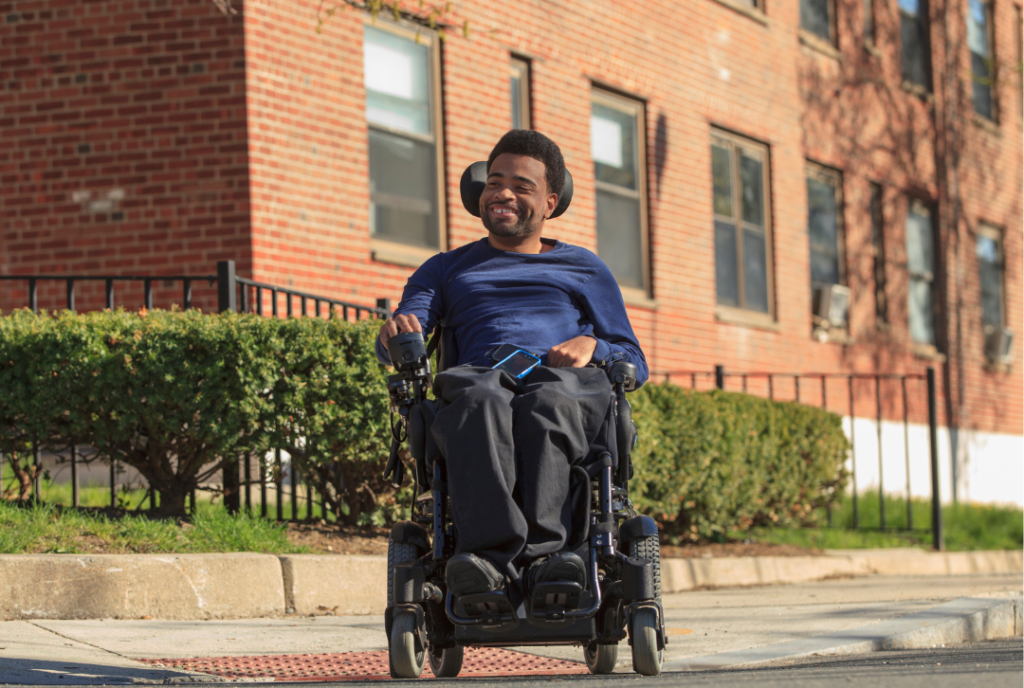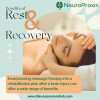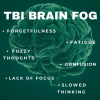The spinal cord is an intricate network of nerve fibers that receive signals from various parts throughout the body. There are 31 pairs within this system, and each one carries an important message to your brain or controls certain functions.
The spinal cord runs inside the vertebral column, and vertebral column protects the entire spinal cord. The spinal nerves are numbered according to the vertebrae which it exits the spinal canal, and they are grouped as cervical, thoracic, lumbar, sacral and coccygeal.
The cervical spine is located in the upper portion of the spinal cord and is made up of seven stacked bones known as vertebrae, which are labeled as C-1 to C-7. Because of the proximity to the brain, a spinal cord injury in this location is the most severe, and an injury will result in tetraplegia/quadriplegia, which is a form of paralysis that affects all four limbs, plus the torso.
Roughly 60 percent of all spinal cord injuries result in tetraplegia, and a cervical spinal cord injury at the C-5 level is the most common level for a spinal cord injury.
The cervical spinal column has many roles, some of which include protecting the spinal cord, supporting the head and its movement, and facilitating the flow of blood to the brain. In fact, the cervical vertebrae are the only section of vertebrae in the spinal column that contains holes in the bone to allow arteries to pass through and carry blood to the brain.
There are two classifications when diagnosing a spinal cord injury: complete and incomplete.
A complete spinal cord injury means the spinal cord is fully severed, which results in permanent damage to the area of the spinal cord that is affected. Paraplegia or tetraplegia are results of complete spinal cord injuries.
An incomplete spinal cord injury refers to partial damage to the spinal cord. The spinal cord is compressed or injured, but the brain’s ability to send signals below the site of the injury is not completely removed. The ability to move and the amount of feeling depends on the area of the spine injured and the severity of the injury. Outcomes are based on a patient’s health and their medical history.
While there are seven cervical vertebrae in the cervical spinal column, there are eight nerves.
- C-1–C-3: controls forward, backward and side head and neck movements.
- C-2: offers sensation to the upper area of your head
- C-3: gives sensation to the side of your face and back of your head.
- C-4: controls upward shoulder motion and is one of the nerves that controls your diaphragm. It also provides sensation for parts of your neck, shoulders and upper arms.
- C-5: controls the deltoid muscles of your shoulders and your biceps. It also provides sensation to the upper part of your upper arm down to your elbow.
- C-6: controls the extensor muscles of your wrist and is involved in the control of your biceps. It also provides sensation to the thumb side of your forearm and hand.
- C-7: controls triceps and wrist extensor muscles and provides sensation to the back of your arm into your middle finger.
- C-8: controls your hands and gives sensation to the pinky side of your hand and forearm.
C-1-C4 are considered high-level and are the most severe.
Injuries at the C1 & C2 levels are rare, extremely severe and most often fatal.
C3 and C4 follow to form the high cervical vertebrae.
Injuries to the high cervical portion of the spinal cord may cause full paralysis, quadriplegia, potential inability to breathe independently, cough and control bowel movements or bladder movements, impaired or reduced ability to speak, inability to drive, and the potential need for 24/7, round the clock care permanently.
C-5-C8 are considered low cervical injuries since injuries at the C-5 level or below offers up the greater ability to retain some sensory and motor functions.
At the C-5 level, an injury may result in some or total paralysis of the wrists, hands, trunk and legs, ability to speak and use the diaphragm, but with weakened breathing, the ability to raise arms and bend elbows, has little or no bowel control or bladder control, and the need for assistance with most activities, but with the ability to use a power wheelchair for more independence.
At the C-6 level, someone may experience paralysis in hands, trunk and legs, ability to bend wrist back, ability to speak and use diaphragm, but with weakened breathing, ability to move in and out of a wheelchair and a bed with help from equipment, may be able to drive a vehicle that has been modified, and has little or no control of the bowel or bladder, though, a person may be able to manage independently with special equipment.
At the C-7 level a person may be able to straighten their arm and have normal movement of shoulders, may be able to drive a vehicle that has been modified, can do most daily activities, but may require assistance with more difficult tasks, and has little or no control of the bowel or bladder, though, a person may be able to manage independently with special equipment.
Lastly, at the C-8 level, a person may be able to grasp and release objects, may be able to drive a vehicle that has been modified, can do most daily activities, but may require assistance with more difficult tasks, and has little or no control of the bowel or bladder, though, a person may be able to manage independently with special equipment.
The main goals of treatment for a spinal cord injury are to promote healing, preserve function and prevent complications. The complex and challenging process of recovering from a spinal cord injury takes years, but it is possible with the right tools.
Neuropraxis provides those necessary resources for patients who want to continue living rich lives as they recover—a goal that is often shared among all spinal cord injured individuals regardless of if one has been severely impacted or not so much.
For more information, contact Neuropraxis at (888) 266-8921 or hello@neuropraxisrehab.com, or visit www.neuropraxisrehab.com.
Resources:
my.clevelandclinic.org
www.shepherd.org
www.spine-health.com
www.spinalcord.com
www.nscisc.uab.edu
www.neurosurgery.pitt.edu
www.kenhub.com
mayfieldclinic.com



